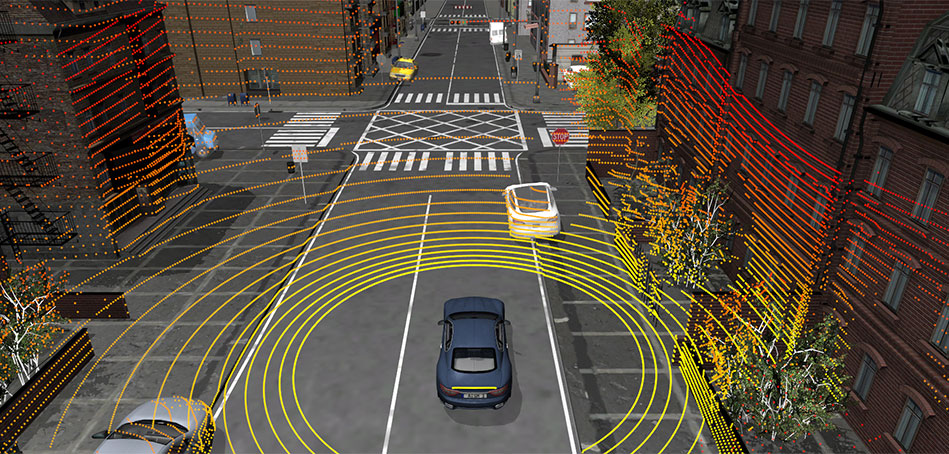dSpace is now offering manufacturers access to its high-performance simulation environment so they can accelerate the development of a new range of autonomous vehicles.
The German electronics company has the capacity to test and validate hardware-in-the-loop (HIL) simulations, virtual model-in-the-loop (MIL) simulations, and even cloud-based software-in-the-loop simulations in a virtual environment with modifiable traffic, signs, buildings and even roadworks. A vast database of variables enables developers and manufacturers to manage the environment so that they can test ECUs, algorithms, artificial intelligence, and all the vehicles’ sensors as if they were in the real world.
“In the field of vehicle development, testing plays a central role in almost all phases of the process. The systematic use of HIL systems usually involves many single ECU projects and several series simulators simultaneously. For quality assurance, the number of tests that are necessary can easily reach 100,000.
Even more tests are performed in the context of model-based software development, such as model-in-the-loop, software-in-the-loop and processor-in-the-loop (MIL, SIL and PIL). Additionally, manual tests have to be carried out in actual vehicles. Testing is no longer done by individuals, but by entire cross-department teams,” said Holger Krumm, product manager at dSpace.


